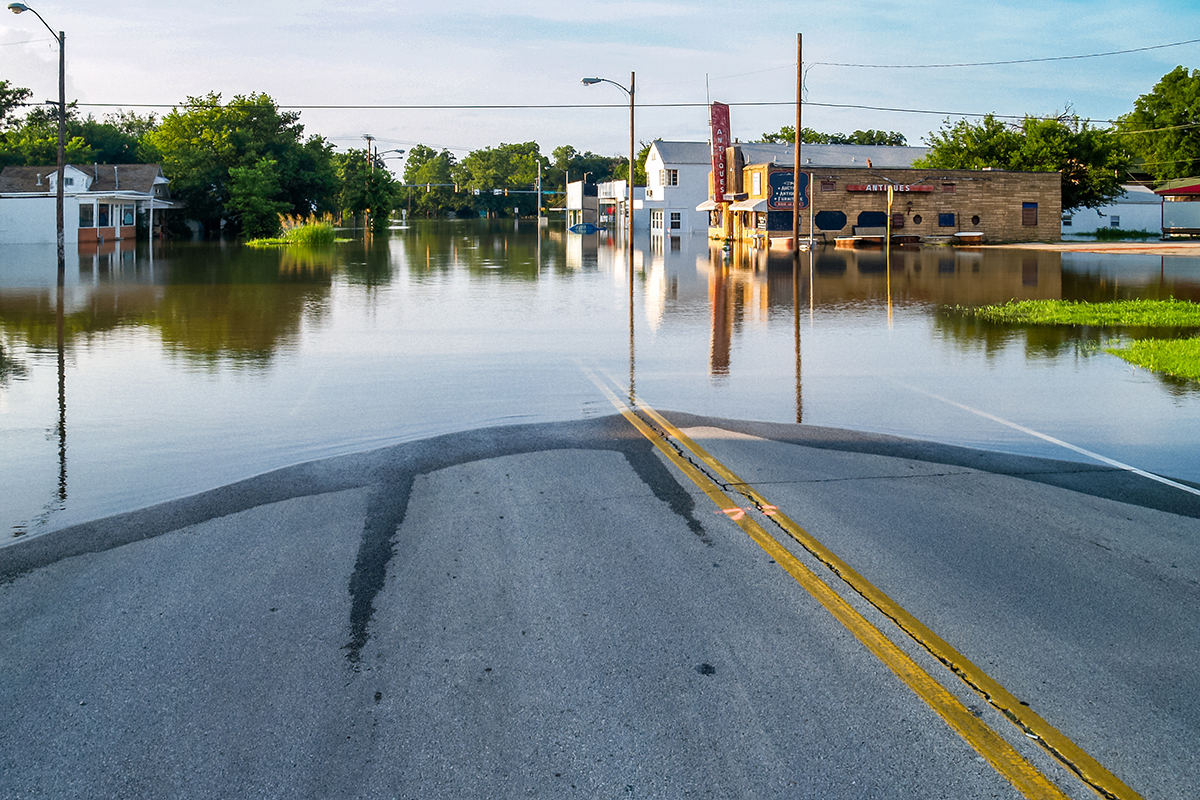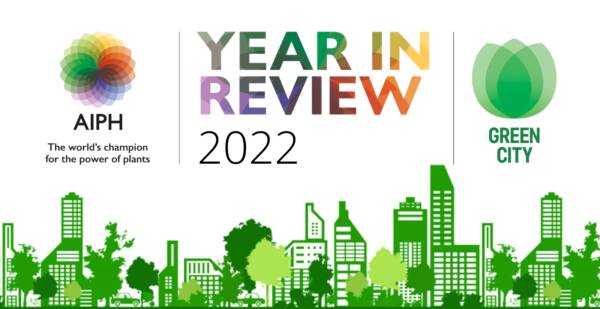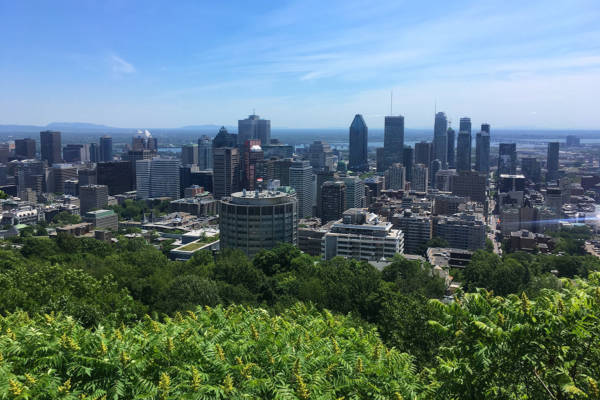Pallathadka et al. (2022) USA study found historic and modern disparities in the implementation of green infrastructure for flood mitigation. Their creation of a classification framework could assist urban planners and city managers to distribute green infrastructure more equitably according to vulnerability.
Flooding caused by rainwater being unable to permeate surfaces and filter away is increasing in areas of urban development. Globally, impervious cover continues to increase (Nowak & Greenfield, 2020). Pluvial flooding is caused when the rates of rainfall exceeds the capacity of the natural and engineered drainage system to store or convey rainwater away from buildings and people [link to video?]. Cities worldwide are implementing systems which use plants to create Nature-based Solutions (NbS) to mitigate flood risk. The use of sustainable urban drainage systems (SUDs), rain gardens, street planters and bioswales bring ecology, beauty and innovation to inner-city areas (Pallathadka et al., 2022).
Pallathadka et al. (2022) USA study found there is great opportunity to achieve better equality, green space accessibility and lower flood vulnerability in urban areas through the use of NbS. They found that across the three case study cities Atlanta, Phoenix, and Portland (USA), the implementation of NbS was not equally distributed and often meant non-white and low-income populations were at higher risk of flooding. To help change this disparity, this research team created a framework approach which helps urban planners to consider the vulnerability and risk of different areas to support transition to equitable flood risk management. The conceptual framework provides a straightforward approach to analysis how NbS are distributed for pluvial flood risk. Information on the spatial distribution of NbS, flood risk and residents census details is used to informed the following classifications: Vulnerable (large flood area, scarce NbS), Managed (large flood area, abundant NbS), Prepared (small flood area, abundant NbS), and Low concern (small flood area, scarce NbS). The case study cities’ stormwater policy all indicate a desire to strive for equitable resource allocation, however historic discriminatory urban planning has created inequality in risk management and means particular are communities at higher risk of natural disasters. A considered approach to implementing NbS through using frameworks such as the one helps risk managers and urban planners to achieve policy goals on resource equality.
Further information on NbS – https://www.iucn.org/theme/nature-based-solutions/resources/iucn-global-standard-nbs



















